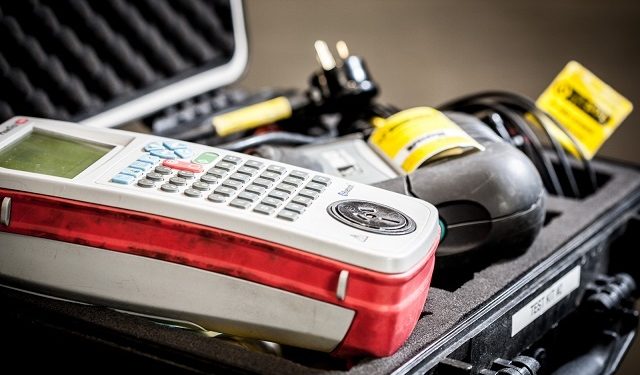
We live in a world where electricity and electrical appliances surround us nearly everywhere that we go. These appliances make our lives much easier, but they can also pose a significant risk if they are faulty. These risks include fires started by malfunctioning electrical appliances, electrical shock and personal injury.
In the UK, the process by which electrical appliances are checked for safety is known as portable appliance testing, or “PAT” for short. This process is essential to reduce the risk posed by potentially faulty electrical equipment. By regularly performing PAT inspections, the risk of injury or electrocution by users is greatly reduced.
What does a PAT inspection involve?
The first step in portable appliance testing involves a thorough visual examination of the appliance. This can include the following:
- Checking flexible cables for good condition or any damage
- Checking the plug casings for damage
- Checking that terminals and connections are secure
- Checking for any signs of damage caused by overheating (discolouration)
- Checking for misuse of the appliance
- Checking for liquids or foreign matter in the appliance
While this simple visual examination forms a crucial part of the PAT inspection, some defects can only be found using a PAT tester.
Using a PAT Tester
Once the visual inspection of an appliance has been completed, a PAT tester will be used to carry out further testing on the appliance to determine if there are any internal faults. A series of tests will be performed that, taken together, are designed to identify any problems that may otherwise go undetected. The type of appliance, its electrical class and a brief risk assessment will determine which tests the appliance will need to undergo.
A single PAT tester can perform several standard safety tests, including the following:
- Functional check (earth leakage and load testing): A test to ensure that the appliance is working correctly without drawing excessive current.
- Insulation resistance test: To check that the equipment conductors are isolated from the earth.
- Earth resistance and continuity test: A test to confirm the integrity of exposed metalwork on grounded appliances.
- Touch current test: To ensure that all exposed metal and the equipment casing are isolated from earth/ground.
- Differential Leakage test: A test to measure the difference in current between the live and neutral conductors during use.
- Extension cord and IEC power cord test
Why are PAT Testers necessary?
The Health and Safety at Work Act in the UK, along with Electricity at Work Regulations require all electrical systems to be maintained to prevent injury and danger, this includes electrical appliances. While Regulations do not specify what maintenance needs to be carried out or how frequently appliances should be checked, regular PAT inspections enable organisations to take a proactive stance on electrical safety in the workplace. Frequent testing of equipment will not only ensure a safe working environment for staff, thereby decreasing liability, but will also increase the operational life of the appliance.
Buying your own PAT Tester
It is always advisable to hire a qualified PAT testing specialist, who will be able to show if an appliance has passed or failed. For organisations that have the qualified in-house staff and would prefer to purchase their own, PAT testers are available for purchase through various retailers. When selecting a PAT tester, look for one that is reliable and user-friendly. Once again, the type of equipment being tested as well as the environment in which the equipment is operated will play a key role in selecting the right PAT tester. For a simple office environment, a simple PAT tester will do the job. If the equipment to be tested is heavy duty, a PAT tester with greater functionality should be selected.




